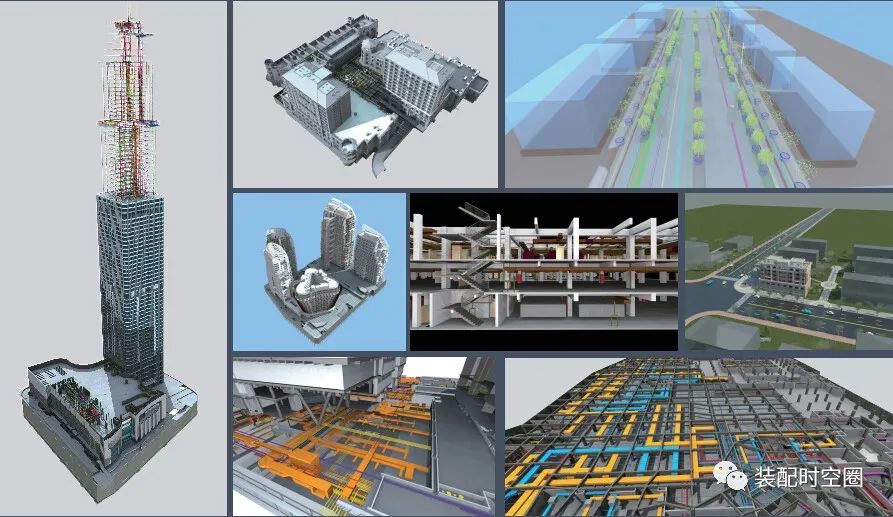The red brick and white wall are simple and fresh, and the house structure is modeled on the American beach summer house.
In her youth, Huang Bohui often traveled overseas and had a special liking for precious tree species.
This design is reminiscent of ancient Chinese cities.
Huangjia garden was damaged in many crazy bombings.
Author: Chen Haojun, Zhang Yi (correspondent) video: Chen Haojun, Wang Jian, Qi Peirong editor: Wang Anqi, Yang Yujie..
Its layout presents a style of “making foreign things serve China and combining Chinese and Western styles”, which is inextricably related to its owner, Huang Bohui, who was once the second boss of Shanghai’s old newspaper times.
This was the place where Huang Bohui spent her holidays and entertained guests.
In this issue of “architecture can be read”, Pei Rong, the little sister of Jiarong media, takes you to the Huangjia garden in Jiangqiao town to visit this paradise outside the magic capital.
Standing here, you can see nanmu, Eucommia ulmoides and lacquer trees around the house, which is spectacular.
In recent years, after renovation, Huangjia garden has been opened to the public.
Stroll through the architectural space and read the city story.
After the suspension bridge, an American style villa appeared in front of her.
The terrace on the second floor has a wide view.
When the January 28 Incident broke out in 1932, Japan launched an attack on the 19th Route Army stationed in Zhabei, Shanghai, provoked war, and invaded Jiading on March 3.
In it, you can imagine Huang Bohui talking with her news colleagues.
At that time, the Shanghai Nanjing railway and Shanghai Changzhou highway near the location of Huangjia garden had just been completed, and it was close to Fengbang.
The water and land transportation was very convenient.
During the Anti Japanese war on August 13, 1937, Japanese enemy planes bombed indiscriminately, and Huangjia garden became fish and meat again.
She always wanted to carefully build a large place that can not only hold Chinese and foreign press conferences, exchange Chinese and Western cultures, but also watch and relax.
There were generators and other items in the villa, all of which were bought by Huang Bohui from the United States.
It is verdant here, with more than 200 kinds of bamboo trees and flowers growing freely, many of which are rare and precious varieties introduced from abroad.
The Huangjia garden was built in the 1920s and has a history of nearly 100 years.
The suspension bridge can be put away when it is dangerous.
There was a wooden suspension bridge at the original entrance of Huangjia garden, which was the only way to the master’s residence.
Huang Bohui fell in love with it at a glance.
When it’s sunny, you might as well punch in this magic metropolis minority Park and pursue the past in time.
In December of that year, Shanghai fell, the garden was occupied by the Japanese invaders, and the famous Huangjia garden was devastated.
Different from the traditional Chinese gardens with many pavilions and pavilions, the Huangjia garden is dominated by plants and supplemented by buildings.


